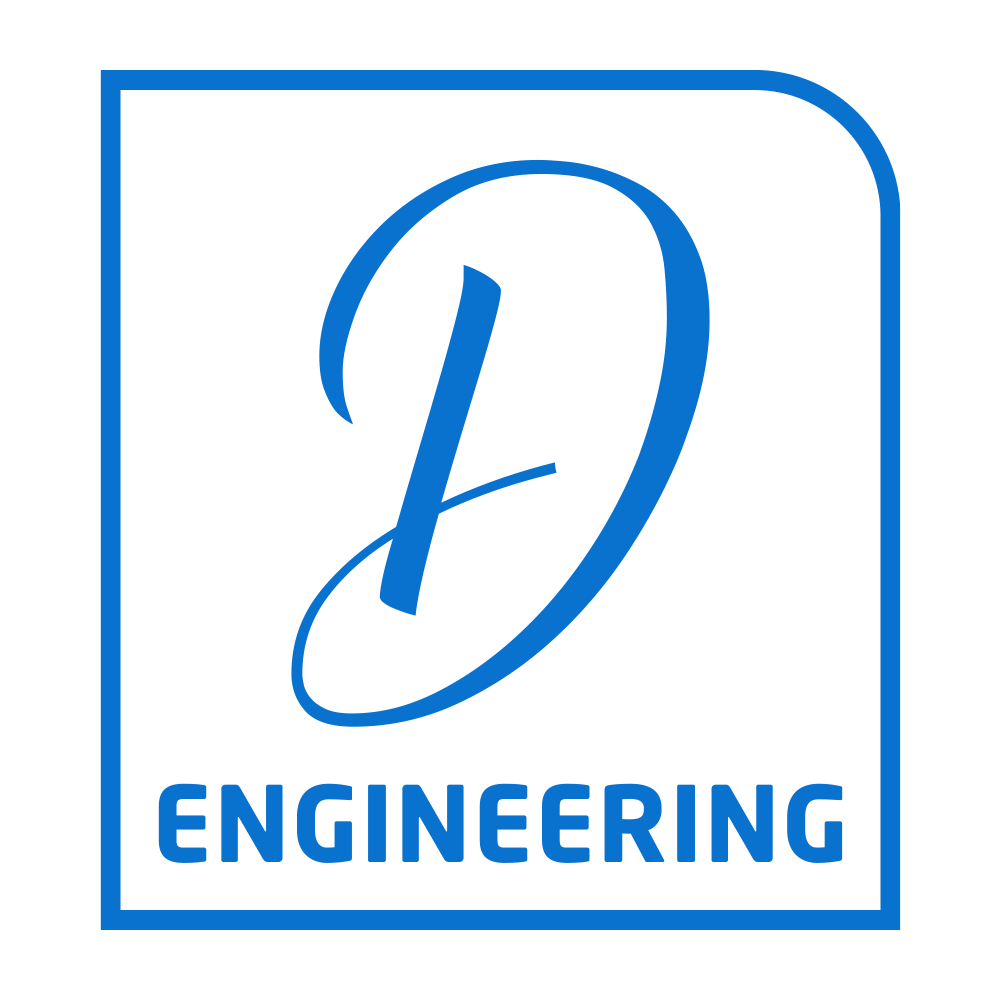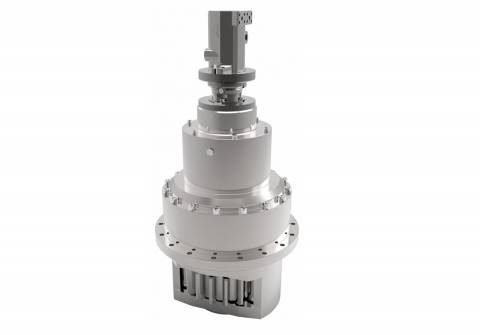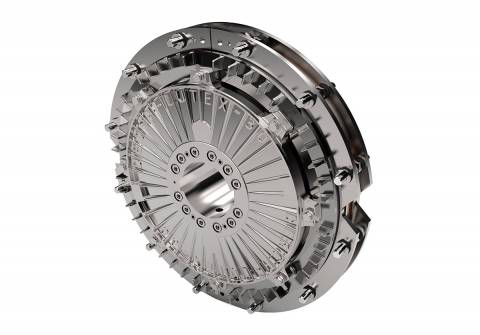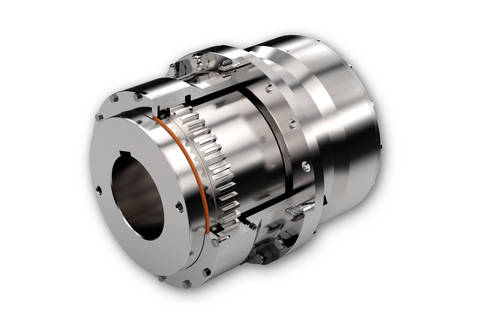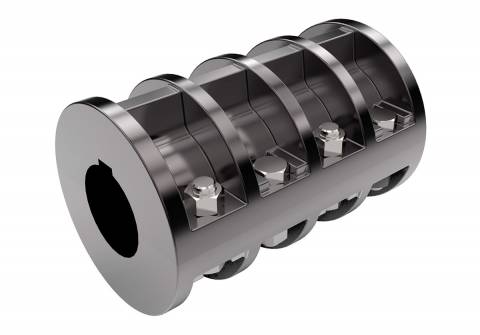Different sources declare similar definitions of Mining, which can be summarized as the extraction from the earth of valuable minerals or other geological materials, usually from a deposit of ore, lode, vein, seam, reef or placer. These deposits form an economically interesting mineralized package for the miner. Ores recovered through mining include metals, coal, oil shale, gemstones, calcareous stone, chalk, rock salt, potash, gravel, and clay. Mining is required to obtain any material that can not be grown or artificially created in a laboratory or factory through agricultural processes. Mining in a wider sense includes extraction of any non-renewable resource such as petroleum, natural gas, or even water.
Mining methods can be divided into 4 main groups;
- Underground mines are more expensive and often used to reach deposits that are deeper.
- Surface mines are usually used for deposits that are shallower and less valuable.
- Placer mining is used in river channels, beach sands, or other environments to sift valuable metals from sediments.
- In-situ mining, primarily used in uranium mining, involves dissolving the existing mineral resource and then processing it on the surface without moving rock from the ground.

